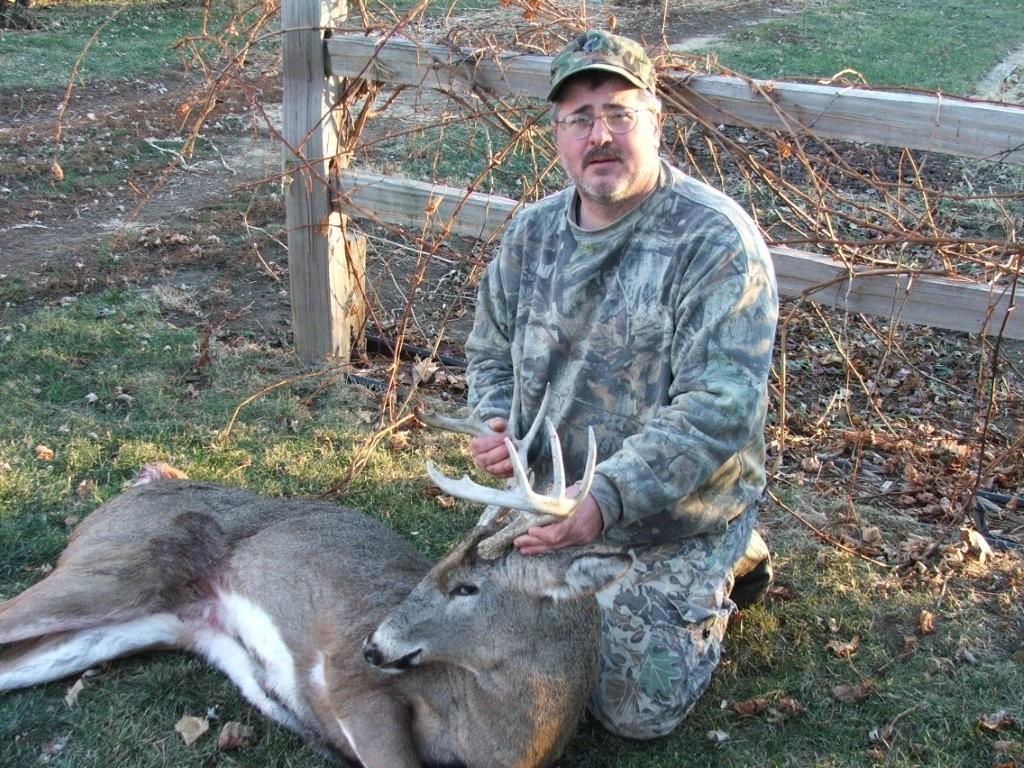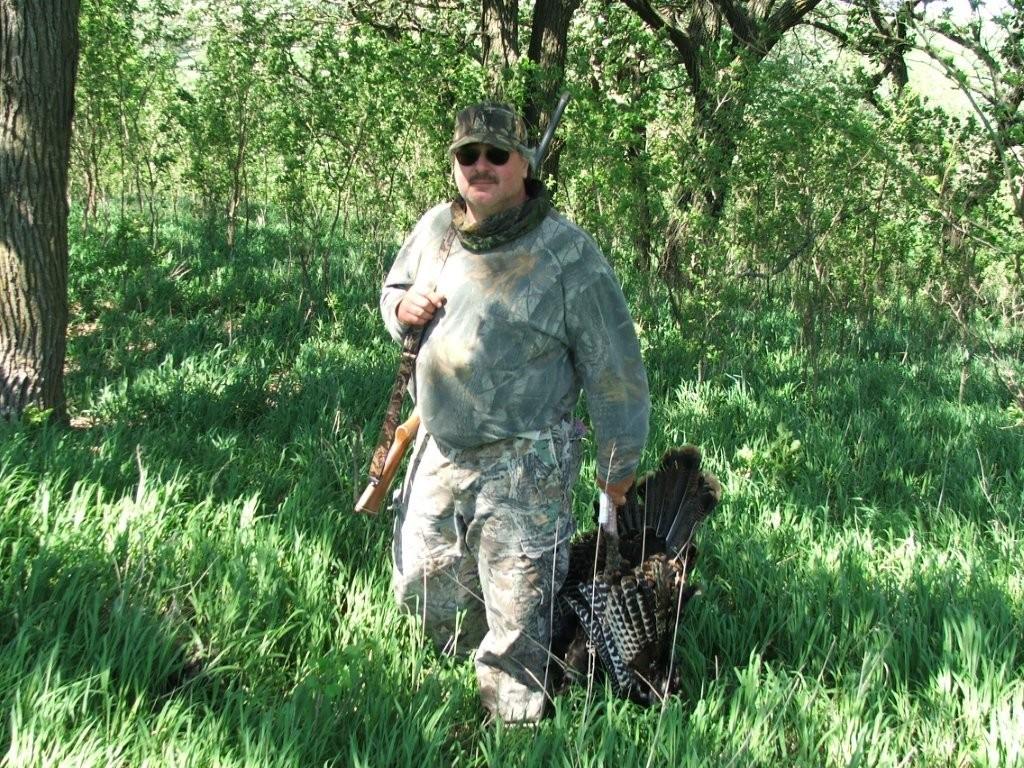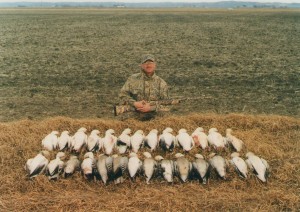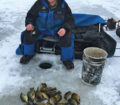As spring-like conditions in northwest Iowa develops, so will the mass migration of snow geese. As of the 22nd there was an estimated million plus birds at the Squaw Creek National Refuge in northern Missouri, and this week geese are showing up by the thousands at the Riverton WMA in southern Iowa. Any day now snows will start to make their big push north. Peak migration in northwest Iowa generally occurs right around St. Patrick’s Day.
When the conservation order spring light geese season started in 2000 any spread worked great. All you needed was large numbers of decoys, any decoys. Things have changed over the years. The days of filling a field with white plastic bags tied to sticks, turning on the electronic call and pounding the crap out of unsuspecting snow geese are gone! Snow geese have become wise to the traditional huge spreads of rags.
The most successful hunters in northwest Iowa have abandoned the tactic of setting out hundreds of rags and turned to setting smaller spreads of more realistic decoys. About 100 or so full bodies or shells, with some socks mixed in for movement has been providing excellent results in decoying snows.
Back in 2000 electronic calls were deadly attractive to snows. But with years of listening to these calls, and having bad things happen to them when they responded, have made snow geese quite leery. One of the problems is that they hear the same song over and over. Most success has been using real mouth calls mixed in over the electronic call. Also, keep the cone of the electronic call pointed at the geese at all times. As geese bank around your spread the sound they hear coming from the speaker changes. Most of the time geese will leave when they hear this change in tone. Keep your speaker handy, move it around as the geese move, keeping it pointed at them at all times.
Flagging is still a deadly tactic. Flags work great in getting distant snows to come over and take a look at your spread. One caveat is to keep flagging even as the geese are circling. When the geese are close, lift the flag about a foot or two above the ground, pitch it from side to side, and drop it. Try to keep up this “low flagging” until you are ready to shot. This motion mimics a feeding goose in your spread. It is a different motion that snows are not accustomed to seeing coming from a decoy spread.
A decade ago the biggest percentage of snows migrated up the Missouri River corridor. In recent years more and more geese have shifted their spring migration up through central Nebraska. But there are still large numbers of geese to be had in northwest Iowa. But you might want to change your tactics a bit on location also.
In past seasons the closer you got to the Missouri River the better. But this is where the bulk of the hunting pressure has occurred over the last decade, and it seems the geese have picked up on this. It seems the hunters in northwest Iowa that are having the most success the last few years have shifted their attention further off of the river. You will not see as many geese, but the ones you do see are much more responsive to decoying. It doesn’t do much good to see a thousand geese in a day when none come take a look at your spread.
One thing has not changed in bagging snow geese. Just like in 2000, some days the geese will work, and other days they act like your spread has the plague. To have success one has to put in their hours in the field!
















